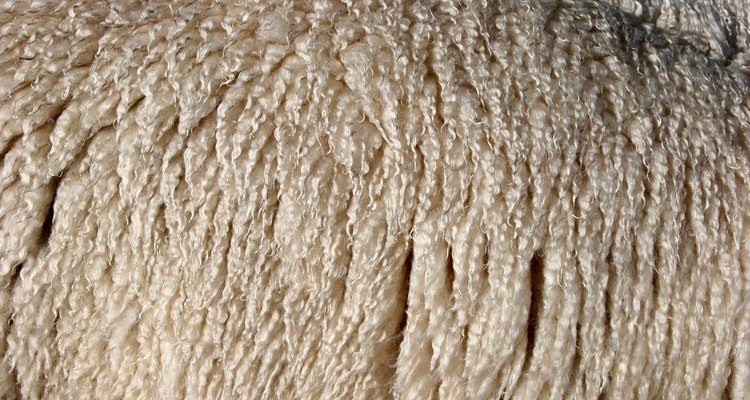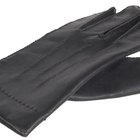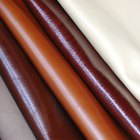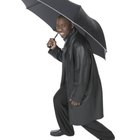
Scott Liddell/Hemera/Getty Images
Naturally water-resistant and an excellent insulator, shearling and sheepskin can be used to make a variety of cold-weather clothes. Used for boots, mittens, coats and vests, both shearling and sheepskin are very warm and give a outdoorsy appearance to an outfit. While originally intended for those living a more rugged lifestyle in the country, both shearling and sheepskin are also considered luxury items for fashion-savvy urbanites.
What's in a Name
Shearling is a term that is often used indiscriminately to refer to any hide that is tanned with the wool still on. A precise definition of shearling is leather with the wool attached that comes from sheep that have only been shorn once. For some manufacturers, shearling is the term used for sheepskin where the wool has been clipped to a shorter length. While there are multiple definitions of shearling, many times sheepskin and shearling are used interchangeably to describe the same thing. However, unlike sheepskin, shearling also describes tanned hides with attached wool that come only from lambs.
Treatment Method for Use
Depending on the intended use of the shearling, the processing method will differ slightly. If the leather portion is to be on the outside, then the hide will be tanned and treated thoroughly, removing all marks and blemishes. The quality of the skin is extremely important. For shearling that is used primarily for its wool, the quality of the skin is of less important, because the wool is the primary concern. In this case, both sheepskin and shearling are considered a fur as opposed to a leather product.
Proper Care for Durability
Shearling and sheepskin are highly durable, but they still need to be properly cared for. To prolong the life of your garments, keep your shearling and sheepskin items at room temperature with moderate humidity to prevent the natural oils in the skin from drying out. A professional cleaning is required each year for the fur side of shearling and sheepskin items. However, because of the type of finish, be careful cleaning the leather side of the sheepskin; improper cleaning methods can lead to permanent spots or stains.
Mouton and Its Uses
A subset of shearling is “mouton,” which is shearling that has been processed to make it look like beaver or seal fur. This treatment technique was popularized during the early and mid 20th century and was commonly used for higher-end accessories and clothing. Mouton is still produced today, and the primary emphasis is on the quality of the finished wool.
Related Articles

Will Leather Crack If Left in the Cold?

Lambskin vs. Cowhide

Characteristics of Lambskin Leather

How to Care for Caiman Boots

Naked Leather Vs. Cowhide

Difference Between Suede & Microfiber

About Deerskin Leather

What Are Ugg Boots Made Out Of?

How to Make a Wool Jacket Look New Again

The Different Fabrics of Raincoats and ...

How to Clean Leather Trimmed Wool Coats

How to Darken Faded Black Leather

The Uses of Rabbit Fur

How to Prepare UGG Boots for First Time ...

How to Clean Airwalk Ugg-Style Boots

How to Clean Persian Lamb

How to Identify Sable Fur

How to Keep a Fleece-Lined Jacket From ...

Parka vs Bomber Jacket

Can You Waterproof Light Nubuck Shoes?
References
Writer Bio
Bethany Williams has been a beauty and style writer since 2006. She has written for "ELLE Canada," "Canadian Living" and "Flare Magazine." She holds a Bachelor of Arts degree in journalism and history from the University of King's College.
Photo Credits
Scott Liddell/Hemera/Getty Images